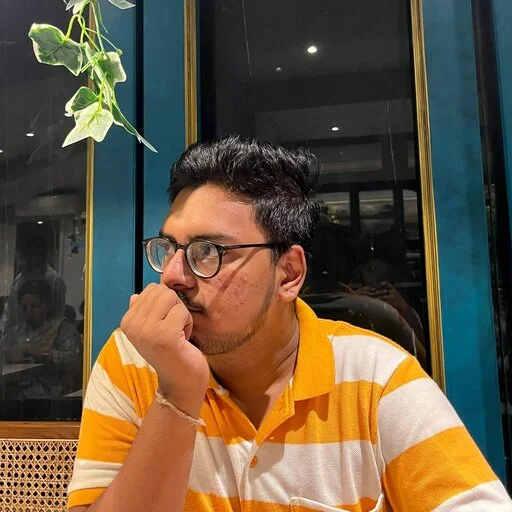Pune, a city rich in culture and history, is known as the “Oxford of the East” due to its prominent educational institutions. Pune offers diverse experiences, from historical forts and temples to vibrant nightlife and lush green getaways. Here’s Ultimate guide for Pune for everything you need to know to make the most of your visit.
Table of Contents
- Travel Essentials for Pune
- Packing Checklist
- What to Do vs. What Not to Do
- Cultural Etiquette and Local Phrases
- Budgeting and Money-Saving Tips
- Health and Safety Tips
- Sustainable and Eco-Friendly Travel Tips
- Map and Key Locations
- Final Wrap-Up and Emergency Contacts
1. Travel Essentials for Pune
Best Time to Visit: October to March is ideal due to Pune’s pleasant weather, especially for outdoor activities like hiking and exploring the city’s historical sites. Summers can be quite warm, while the monsoon season (June to September) turns the surroundings lush but brings heavy rain.
Popular Areas to Stay:
- Koregaon Park: Known for its lively cafes, restaurants, and boutiques, Koregaon Park is popular among tourists and expats.
- Shivajinagar: A central area close to historical sites and popular markets, ideal for tourists wanting to explore Pune’s culture.
- Baner: This upscale area offers a mix of luxury hotels, eateries, and proximity to the IT hubs, making it ideal for business travelers:contentReference[oaicite:0]{index=0}:contentReference[oaicite:1]{index=1}.
Local Transportation:
- Auto-Rickshaws: Widely available; always confirm the fare or ensure the driver uses a meter.
- PMPML Buses: Pune’s bus system is affordable and connects major areas of the city, though they can be crowded.
- Rental Bikes: Renting a bike or scooter is popular among tourists looking to explore Pune independently:contentReference[oaicite:2]{index=2}:contentReference[oaicite:3]{index=3}.
2. Packing Checklist
| Essentials | Climate-Specific Items | Additional Gear |
|---|---|---|
| Passport, ID | Light, breathable clothing for warm days | Portable charger |
| Reusable water bottle | Umbrella (for monsoon season) | Power bank |
| Medications | Sunscreen, sunglasses | Travel adapter |
3. What to Do vs. What Not to Do
| What to Do | What Not to Do |
|---|---|
| Respect local customs, especially at temples and historic sites | Avoid littering in parks and public spaces |
| Try local street foods like misal pav and vada pav | Don’t haggle aggressively in markets; respectful negotiation is appreciated |
4. Cultural Etiquette and Local Phrases
Common Phrases: Marathi is the local language, though Hindi and English are widely understood. Using basic Marathi phrases like “Namaskar” (hello) and “Dhanyavad” (thank you) can be appreciated by locals.
5. Budgeting and Money-Saving Tips
Average Daily Budget: ₹1,500–₹3,000 ($20–$40) per day for budget travelers, covering meals, transportation, and budget-friendly stays. Mid-range travelers should budget around ₹4,000–₹7,000 ($50–$90) for additional comfort.
Money-Saving Tips: Pune offers affordable dining options at local food stalls and budget-friendly shopping at Tulsi Baug and FC Road markets. Many temples, parks, and historical sites charge low or no entry fees, making them accessible to budget travelers:contentReference[oaicite:4]{index=4}:contentReference[oaicite:5]{index=5}.
6. Health and Safety Tips
Health Precautions: Always carry bottled water and avoid drinking from taps. Opt for popular and well-rated food stalls if sampling street food to ensure safety.
Emergency Contacts:
- Police: 100
- Ambulance: 108
7. Sustainable and Eco-Friendly Travel Tips
Consider supporting local artisans by shopping at places like Kasba Peth for handicrafts. Use public transport to reduce your carbon footprint and always dispose of waste responsibly, especially in parks and historical sites:contentReference[oaicite:6]{index=6}:contentReference[oaicite:7]{index=7}.
8. Map and Key Locations
Top attractions in Pune:
- Shaniwar Wada: A historic fort and architectural marvel, once the seat of the Peshwas of the Maratha Empire.
- Aga Khan Palace: Known for its role in India’s independence, it is now a Gandhi memorial.
- Sinhagad Fort: A scenic spot ideal for trekking with panoramic views of the region.
- Pataleshwar Cave Temple: An ancient rock-cut temple dedicated to Lord Shiva, located in the city’s heart:contentReference[oaicite:8]{index=8}:contentReference[oaicite:9]{index=9}.
9. Final Wrap-Up and Emergency Contacts
Pune offers a unique blend of history, culture, and modern attractions. Enjoy the city respectfully, following local customs, and keep emergency contacts handy for a safe and memorable visit.
Emergency Contacts: Save these numbers for emergencies:
- Police: 100
- Ambulance: 108
Ultimate guide for Pune
Also Read: Ultimate Travel Guide for Guwahati: Tips, Essentials, Packing, and More
Follow @Voraciousblogger for more

